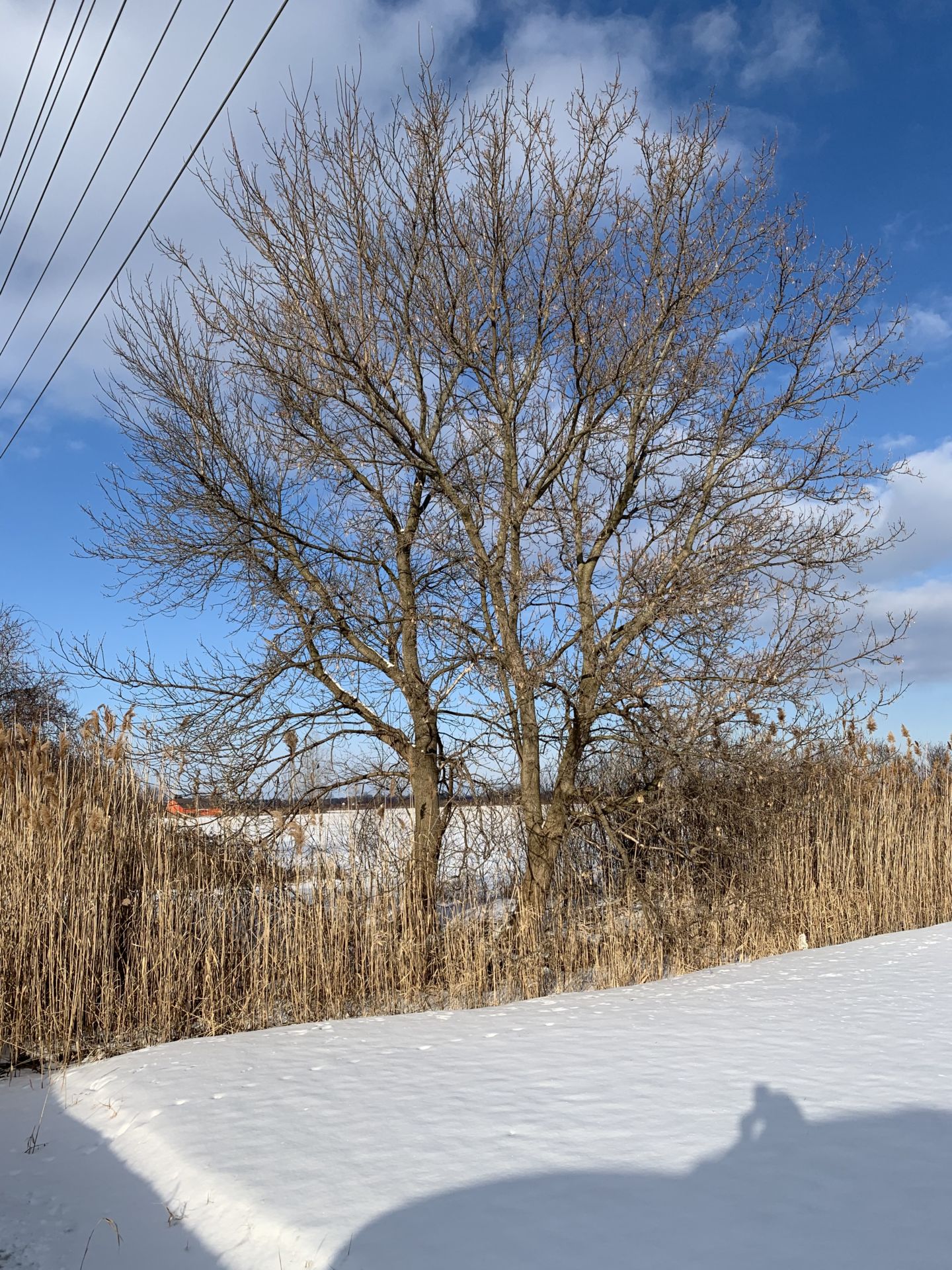Manitoba Maple
Garden Clippings for Feb 13, 2021
Good thing we don’t live in Manitoba. My niece and her family live near Morden, about an hours’ drive from the USA border. Earlier this week they reported a high of -24 C with evening lows reaching -32 C.
“Even the boys didn’t want to brave the backyard rink,” she commented.
Winnipeg’s climate puts them at climatic zone 3a, restricting them from growing many plants that are commonplace in Sarnia Lambton. We enjoy living in Zone 6b, alongside Chatham, Windsor and the Niagara region as the warmest in Ontario.
White Spruce and Birch grow easily in Sarnia Lambton, but you would think twice about planting these in Calgary, Winnipeg or Thunder Bay. At my niece’s farm the tallest trees are American Elm and the broadest are Manitoba Maple. The property’s few Ash trees succumbed to the Emerald Ash Borer.
Manitoba Maple (Acer Negundo), also known as Box Elder is considered a weed tree in Sarnia Lambton.
When Cheryl and I moved from the farm to our current home, I chopped down the two sizable Manitoba Maples in the front yard before the moving truck arrived. I figured this Landscape Architect was not going to have such trash in the front yard.
Yet, for all its negative attributes, Manitoba Maple might not be such a bad tree.
On the negative side, Manitoba Maple is a twisted tree with a haphazard shape. It is weak wooded and loses limbs with every serious windstorm. Leaves are plain green with no bright fall colour. Leaf shape is like the familiar Maple on the Canadian flag, but usually with 3 lobes instead of 5.
Manitoba Maples grow everywhere, mostly where you don’t want them. Their seeds fall in summer and promptly sprout in sidewalk cracks, window wells and ditch banks. If an innocent looking Manitoba Maple seedling sprouts against the house, it should be removed lest it eventually damage the foundation walls.
On the positive side, Manitoba Maple is a tree, and all trees deserve respect. All trees, no matter the species, give shade, purify the air, and provide a home for wildlife.
Manitoba Maple is a native Maple that loves to grow in the Prairies and in Northwest Ontario to Thunder Bay. It is found in Southern Ontario but diminishes east of Toronto.
Although not on Ontario’s’ invasive plant list, most garden professionals consider Manitoba Maple to be too aggressive. Yet, it has value as a rejuvenating tree where little else grows. Manitoba Maple grows quickly but is short lived.
I appreciate Manitoba Maple for its unique branching structure. When viewed from a distance, its impressive spread appears muscular. Manitoba Maple’s black bark enables the gardener to easily distinguish it from other trees, especially in winter.
Manitoba Maple attracts insects of all kinds, including the bothersome Boxelder bug that clings to the warm south side of homes in fall. Because of the trees’ hardiness, Manitoba Maple is rarely bothered by insects and disease. Birds are attracted to Manitoba Maple in search of shelter, seeds and bugs that feed on foliage.


